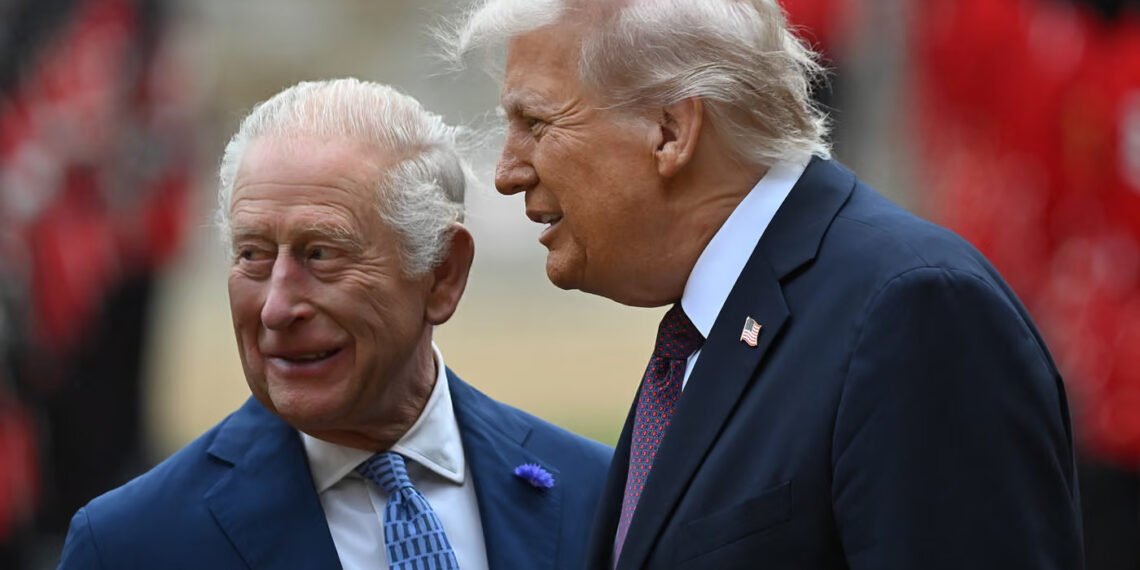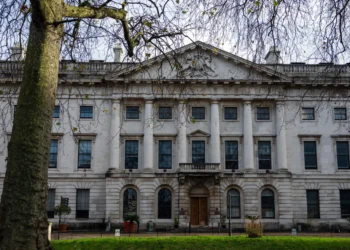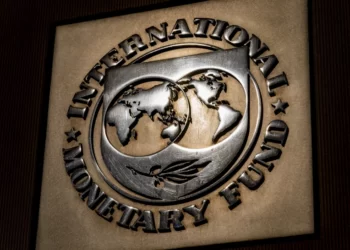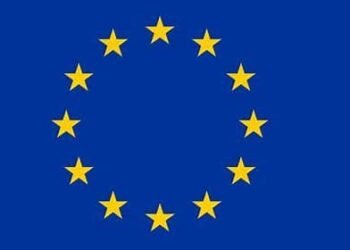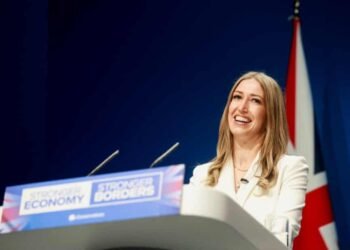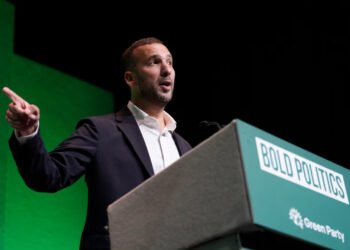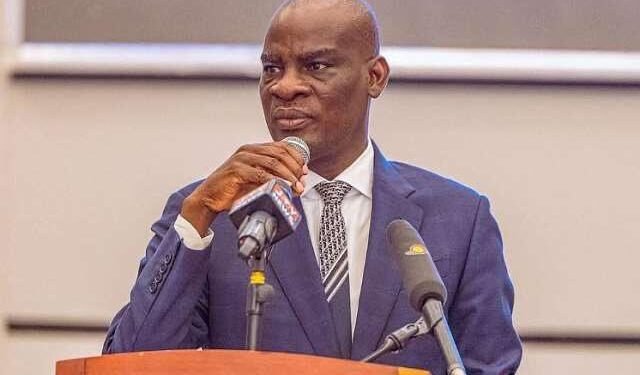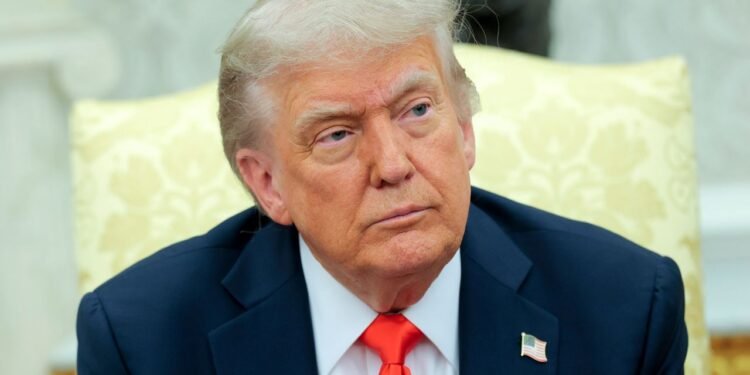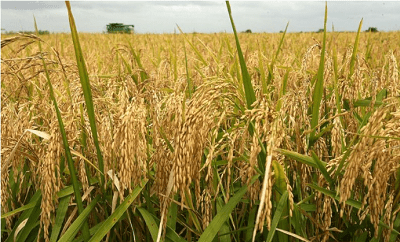President Donald Trump’s historic second state visit to the United Kingdom is unfolding amid a juxtaposition of royal grandeur and public discontent.
The high-profile visit began at Windsor Castle, the world’s oldest inhabited royal residence, where President Trump and First Lady Melania were received by the Prince and Princess of Wales, William and Kate Middleton. They later met King Charles III and Queen Camilla. Calling the occasion an “honor,” Trump spoke warmly of King Charles, describing him as “a very special friend” during a grand carriage procession that featured a military flyover, 1,300 troops, and 120 horses.

The elaborate ceremony echoed Trump’s fondness for tradition and spectacle. “A lot of things here warm my heart,” he remarked, noting his Scottish heritage and longstanding business ventures in the UK, including golf courses.
The day’s most solemn moment came at St. George’s Chapel, where the Trumps laid a wreath at the tomb of the late Queen Elizabeth II. Accompanied by the Dean of Windsor and chapel officials, they listened to a choir perform Vivaldi’s “Gloria” and toured the historic site, which has hosted royal weddings and funerals. The act carried symbolic weight, linking Trump’s tribute to his earlier meeting with the late Queen during his first state visit in 2019.
Protests Shadow Royal Pageantry
Outside Windsor’s stone walls, protests surged. Demonstrators projected images of Trump alongside convicted sex offender Jeffrey Epstein onto the castle façade, while large banners were unfurled on the lawns. Police swiftly intervened, making arrests linked to the projections, though organizers insisted their goal was to “shame the president” and draw attention to longstanding allegations tied to his past. Protests spread to London, mirroring scenes from Trump’s 2019 UK visit, as activists challenged his political and personal record.
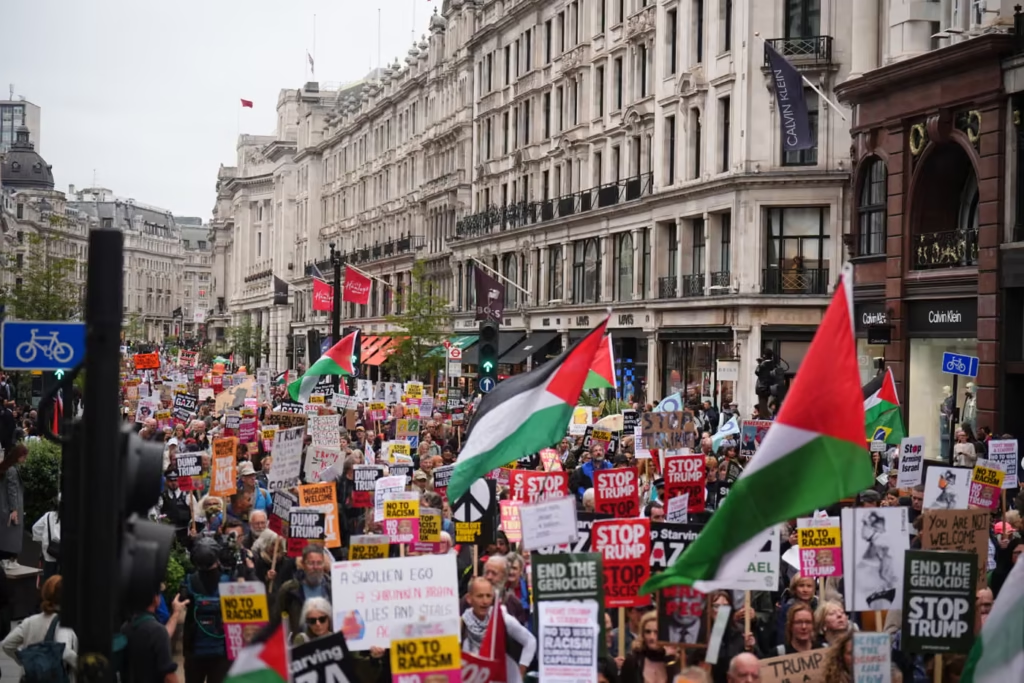
Behind the scenes, Prime Minister Keir Starmer’s government worked to ensure the visit maintained a steady diplomatic rhythm. Starmer described the occasion as “historic” and “unprecedented,” noting that rarely are second state visits granted, particularly for presidents in their second term.
He emphasized the political importance of the invitation, which encompassed trade talks on technology, civil nuclear energy, and tariff disputes. A brief phone call between Starmer and Trump ahead of the trip set a cordial tone.
London Mayor Sadiq Khan, long a critic of Trump, denounced him in the media as “a global fan of divisive, far-right politics.” However, Khan tempered his critique by stressing the necessity of maintaining a functional partnership with Washington. He argued that honest criticism should coexist with constructive diplomacy, reflecting the careful balance British leaders must strike in managing relations with the United States.
Trump reiterated his admiration for the UK, calling it “a very special place,” and affirmed his commitment to expanding trade ties. Discussions during the banquet emphasized the durability of the “special relationship” between the UK and the US, even as global uncertainties demand closer cooperation.
As such, Trump’s second state visit encapsulated a dual narrative: the grandeur of royal hospitality and the intensity of public opposition. His wreath-laying tribute to Queen Elizabeth II reflected continuity and respect, while the protests outside signaled lingering unease about his presidency and political legacy.
By combining ceremonial displays with substantive trade dialogue, the visit illustrated both the opportunities and challenges inherent in Anglo-American relations. For Britain, the occasion underscored the need to balance tradition and diplomacy with the voices of dissent echoing across its streets.
READ ALSO: Government Renews Commitment to Revive Railway Sub-Sector



